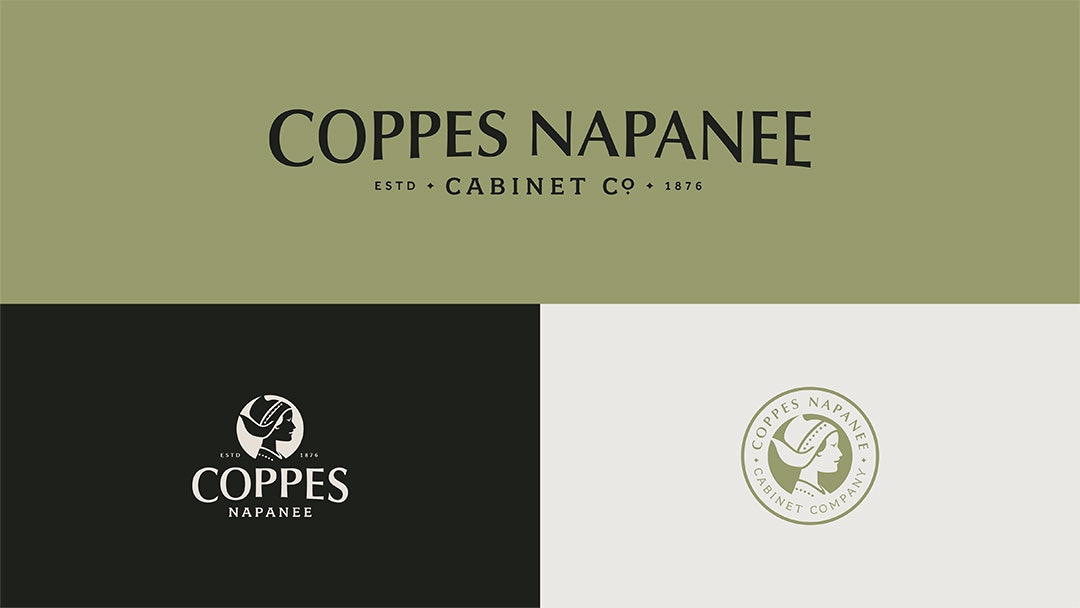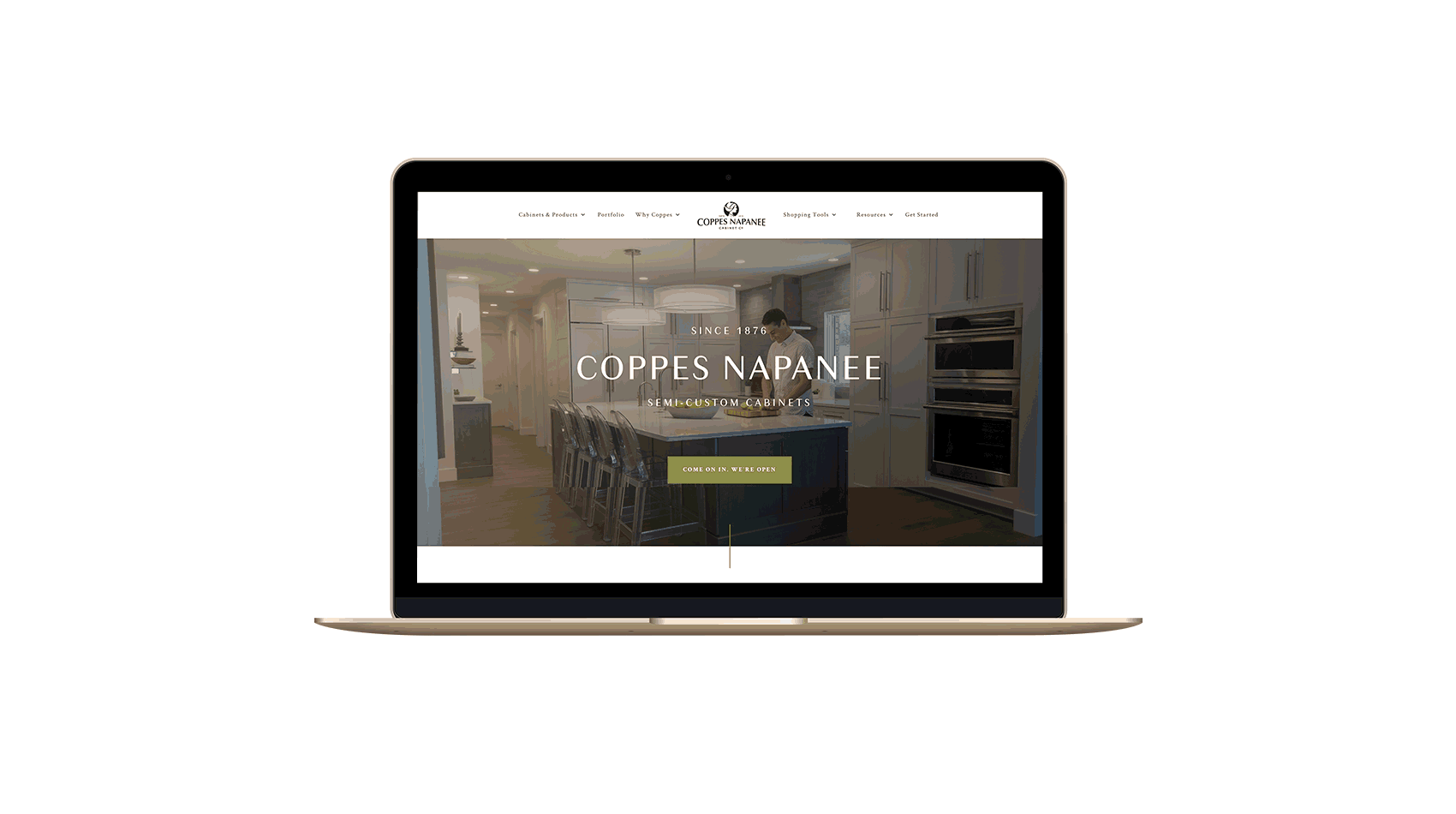Growth-minded organizations often find themselves at an inflection point. They may be venturing into new industries, targeting different customer segments, or launching innovative products. At these inflection points, the manner in which these brands show up in the marketplace likely needs to evolve. The branding, messaging, and creative executions of yesterday need to adapt to where the business is headed. However, convincing leadership to invest in a complete rebrand or a comprehensive creative overhaul can be a daunting task, especially if there has been a historical underinvestment in creative initiatives. There’s a better approach that allows brands to initiate transformation — breaking it down one step at a time versus the “all-in” nature of a rebrand. Today we delve into how leveraging creative processes for gradual buy-in to brand can help pave the way for a complete brand transformation over time.
Overcoming Organizational Hurdles:
As mentioned, for brands that have historically underinvested in creative, convincing stakeholders to embrace a rebrand or refresh can be challenging. When leadership lacks understanding of how creative support directly impacts the organization, they can fall into the pattern of not viewing better creative execution as worthy of investment. This lack of organizational buy-in and resistance to change then becomes a vicious cycle, impeding progress and hindering transformation.
Instead of diving head first into attempts to create immediate executive buy-in for a large-scale brand transformation, brands can start small and garner support for specific, focused creative initiatives. Perhaps it’s a new paid media campaign, or materials for the next tradeshow booth, the idea remains the same — start small and expand. This incremental approach creates an entry point for change, gradually building momentum and overcoming resistance, more on that later.
By breaking down the transformation journey into manageable steps, brands can address organizational concerns and demonstrate the value of creative investments. Starting with small-scale creative concepting for specific campaigns enables stakeholders to see the potential of transformation without feeling overwhelmed. This approach is particularly effective when brands are at an inflection point — such as entering new industries or customer segments — where there is increased organizational buy-in to invest in supporting initiatives. The first step in getting started with this approach is to begin creative concepting.
The Power of Creative Concepting:
This process involves generating ideas and new campaign concepts to showcase how the brand could be stretched into new territories. Creative concepting allows brands to explore new possibilities and envision how they could look and sound in the market.
When presenting these new creative concepts alongside the brand’s current creative, leaders get a fresh perspective. They can compare and contrast the existing brand with a new take that pushes the boundaries. This juxtaposition sparks imagination and prompts leaders to dream and imagine what the brand could become over time.
Leaders gain a deeper understanding of the gap between the current state and the desired future state. The stark contrast often reveals untapped potential and opportunities for improvement. It presents a visual representation of how the brand could stand out in the market, capturing attention and resonating with the target audience.
Element Three was able to see this play out with one of our clients, Coppes Napanee. Although a well-established company that’s been around since 1876, their leadership recognized a need to refresh their brand and bring it into the current century. So, they hired us to help them do that.
We worked alongside them to update their messaging and positioning, launch a modernized logo, and stand out in the market. Want to hear the full story? Check it out here.

Showcasing Change Through Visuals and Messaging:
These new campaigns and changes should be supported through visuals and messaging from the start. Don’t leave a new concept up to the imaginations of others – use tangible mediums to precisely communicate the vision. Leaders who have been accustomed to the existing brand image suddenly see their brand in a new light.
Perhaps you leverage the power of storytelling through captivating video advertisements or engaging branded content. They witness how a well-crafted video, whether shared on social media platforms, displayed as digital signage in public spaces, or featured in online streaming services, can convey the essence of their brand, evoke emotions, and leave a lasting impression on viewers.
Another option would be to pursue new social media marketing tactics that could be incorporated. Perhaps leadership experiences the impact of influencer collaborations. They discover the value of partnering with influencers whose audience aligns with their target demographic, leveraging their influence to generate buzz, expand brand reach, and drive conversions. These influencers could be seen engaging with the organization’s products, experiencing their services, and interacting with their audience, bringing the organization to life with a physical representation.
Leadership begins to explore new possibilities and considers how the brand can evolve to better align with its objectives and connect with their audience. They start contemplating how the brand can look, feel, and sound, exploring different creative directions and positioning strategies.
This is crucial as it sets the foundation for a brand’s transformation journey. It creates excitement and motivation among stakeholders, fueling the desire to explore further and seek out the next steps. After this, it is time to get started with smaller, less costly creative endeavors, and begin building momentum up to larger initiatives.
Start Small & Build Momentum:
One of the key advantages to this gradual approach is that it eliminates the need for immediate financial commitment, which can be particularly beneficial for brands operating under budget constraints or uncertain economic conditions. Instead of making large upfront investments, brands can allocate resources gradually over time as they witness the positive impact of each creative initiative. Although the full rebrand will be a more significant financial commitment, through this approach, leaders are able to test the effectiveness of different creative strategies and measure their return on investment before committing to a larger budget down the road.
Building trust and confidence among leadership by showcasing the tangible value of creative investments will lead to greater investment down the line. When brands can demonstrate the positive impact of their creative efforts through measurable results such as increased sales, customer engagement, or brand awareness, it becomes easier to secure additional financial support from stakeholders. Leadership becomes more inclined to allocate budgets towards creative initiatives when they have evidence of their value and potential for future growth.
The ongoing nature of this transformation process has long-term financial benefits. Instead of considering transformation as a one-time event, brands recognize that it is an iterative and continuous process. This mindset allows them to engage in careful planning, execution, and adaptability, taking advantage of market trends, consumer preferences, and emerging opportunities. By consistently evolving and adapting their creative strategies, brands can stay relevant in a rapidly changing business landscape and maintain a competitive edge.
So how do you start this process? The key is to find a starting point that aligns with the organization’s objectives and unique market positioning, as well as one that resonates with the target audience .Perhaps it could be a campaign that addresses a specific need or a new service offering. By choosing a starting point that supports the business’ goals and aligns with its position in the market, teams are then equipped to initiate the evolution process effectively.
As brands progress through their transformation journey, they can continuously evaluate and refine their creative strategies. Feedback from stakeholders, market insights, internal research, and customers’ responses play crucial roles in shaping the direction and pace of transformation. You can then adapt and evolve as you navigate the challenges and opportunities of the marketplace.
Collaboration and Creative Solutions:
To execute this gradual buy-in successfully, collaboration with trusted internal and external partners is critical, more on that below. External partners can bring expertise, insights, and innovative ideas to the table that don’t exist among individuals too close to the problem to see it.
Internal partners, such as the marketing team, creative department, and senior leadership should be involved from the start. Their diverse perspectives and backgrounds contribute to both the development and execution of these creative initiatives. By working in collaboration, brands can tap into the collective intelligence of their internal teams and ensure alignment with the overall company vision. External partners, such as creative agencies and consultants, can bring fresh perspectives and specialized skills to the table. Their objective viewpoint and industry knowledge can help brands explore new creative directions and challenge existing norms that could be hindering growth. Additionally, collaborating with external partners allows brands to dive into a wider pool of creative resources and leverage their experience. Unsure if your organization needs to bring in an outside perspective?
We encourage you to think about these Considerations When Hiring a Strategic Partner For Your Marketing.
Leveraging new creative concepts and executions to achieve a gradual brand buy-in offers an approach for brands to embark on their transformation journey that removes friction and increases chances of success in the long run — they can overcome organizational hurdles and resistance to change.





